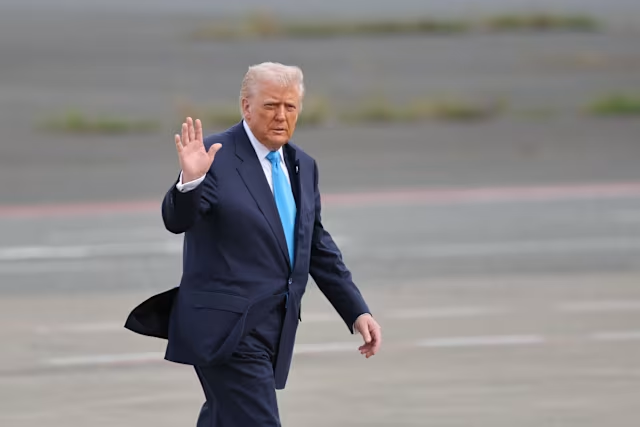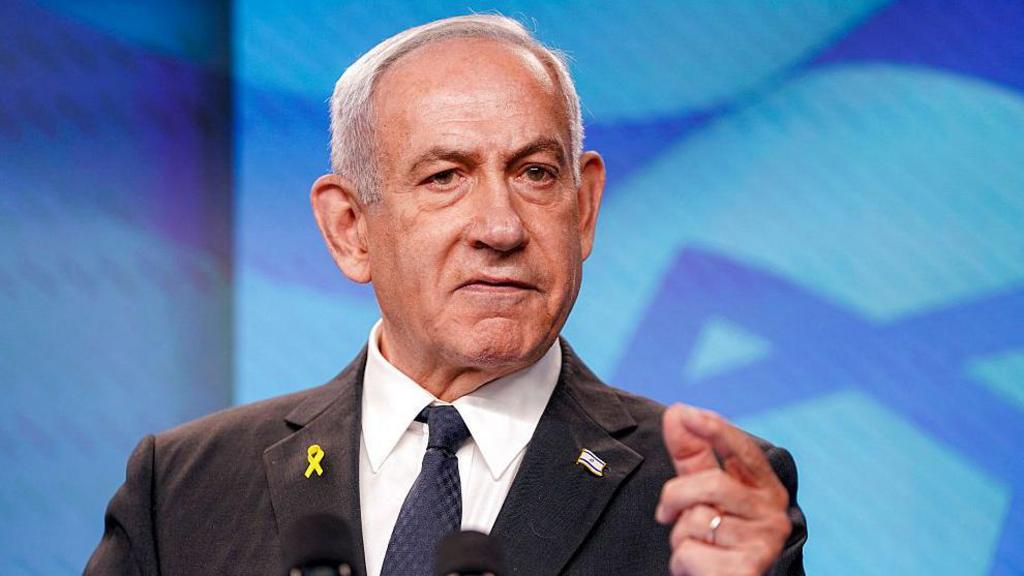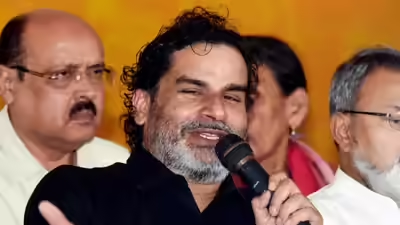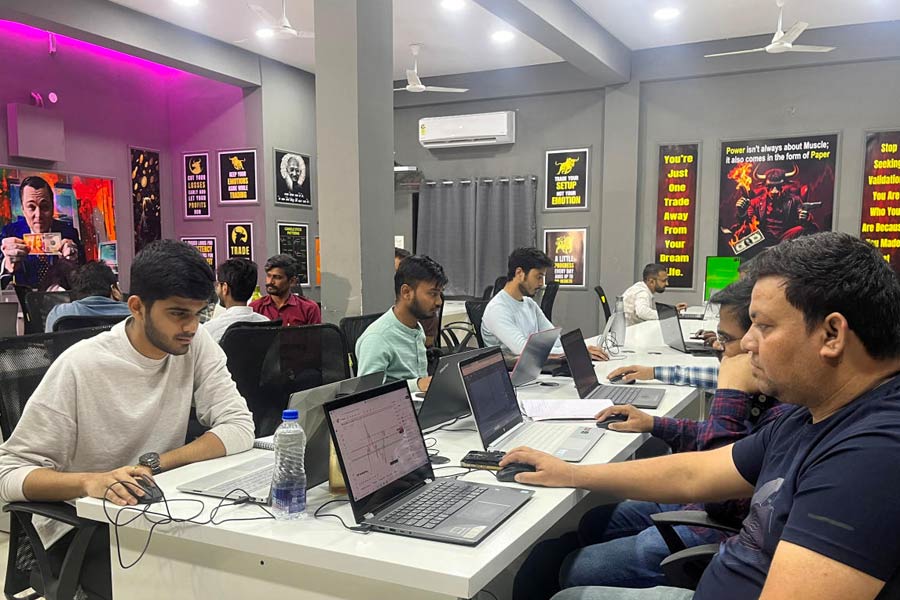Now Reading: Radhakrishnan vs Reddy: High-Stakes Battle to Become India’s Next Vice President
-
01
Radhakrishnan vs Reddy: High-Stakes Battle to Become India’s Next Vice President
Radhakrishnan vs Reddy: High-Stakes Battle to Become India’s Next Vice President
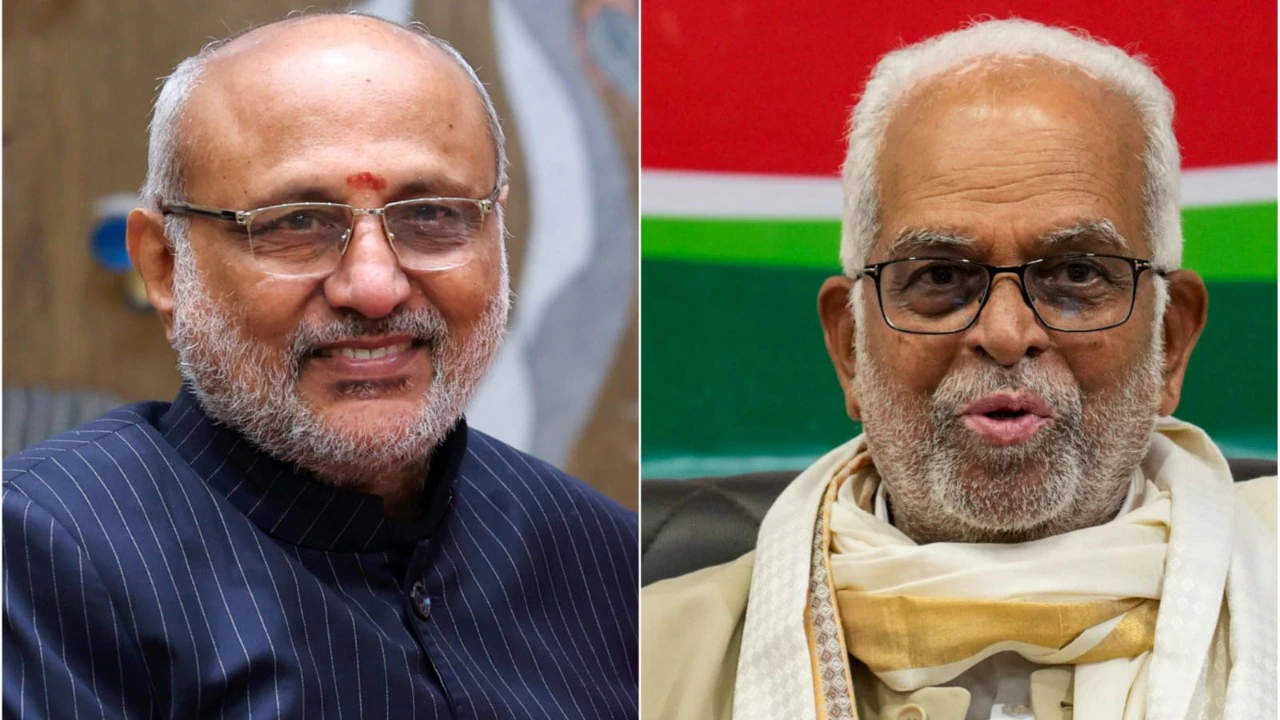
India’s Vice Presidential contest is underway, with NDA’s CP Radhakrishnan facing off against INDIA bloc’s Justice B Sudershan Reddy. The race is being closely watched, especially as both sides work all angles to win the key constitutional post. As Parliament prepares to vote, the balance of power and political strategy are unfolding in real time.
What’s Shaping the Contest
This election came early after the resignation of Vice President Jagdeep Dhankhar in July. His departure left one of India’s most senior posts unexpectedly vacant. Now, the spotlight is back on the Rajya Sabha, where the winner will also serve as its ex-officio Chairman.
NDA appears to hold the upper hand. With around 427 votes within the 781-member electoral college, it has exceeded the majority threshold comfortably. Meanwhile, the INDIA bloc controls about 315 votes, still short of the mark even if a few smaller parties shift allegiance.
The Candidates at a Glance
CP Radhakrishnan brings decades of political experience. An RSS swayamsevak turned two-time MP, he has overseen various party and administrative roles and now serves as Governor of Maharashtra. His long tenure in politics and organisational reputation have made him the frontrunner.
On the opposing side, Justice B Sudershan Reddy is a veteran jurist. A former Supreme Court judge and the first Lokayukta of Goa, he has a background rooted in legal service and fairness. His appeal lies in his judicial credentials, even as his bloc lacks the numerical edge.
Numbers Tell the Story
With 427 votes, NDA stands well above the winning mark of 391. Even if parties like Biju Janata Dal or Bharat Rashtra Samithi remained neutral or switched sides, the INDIA bloc wouldn’t bridge the gap—still trailing by 70-plus votes.
Why It Matters
Winning this election isn’t just about the title. The Vice President wields influence over the functioning of the Rajya Sabha. The choice also reflects current power dynamics in Parliament, especially after the last Lok Sabha results that bolstered the INDIA bloc’s strength without giving it control.
Looking Ahead
Today’s vote will be conducted via secret ballot, guided by a transferable vote system to ensure fairness. Each vote counts, and even minor shifts could signal broader political trends. By evening, the country will know who steps into the Vice President’s chair.
In the end, India isn’t just choosing a constitutional office-bearer. It’s also watching how alliances, strategy and numbers play out on the national stage.








